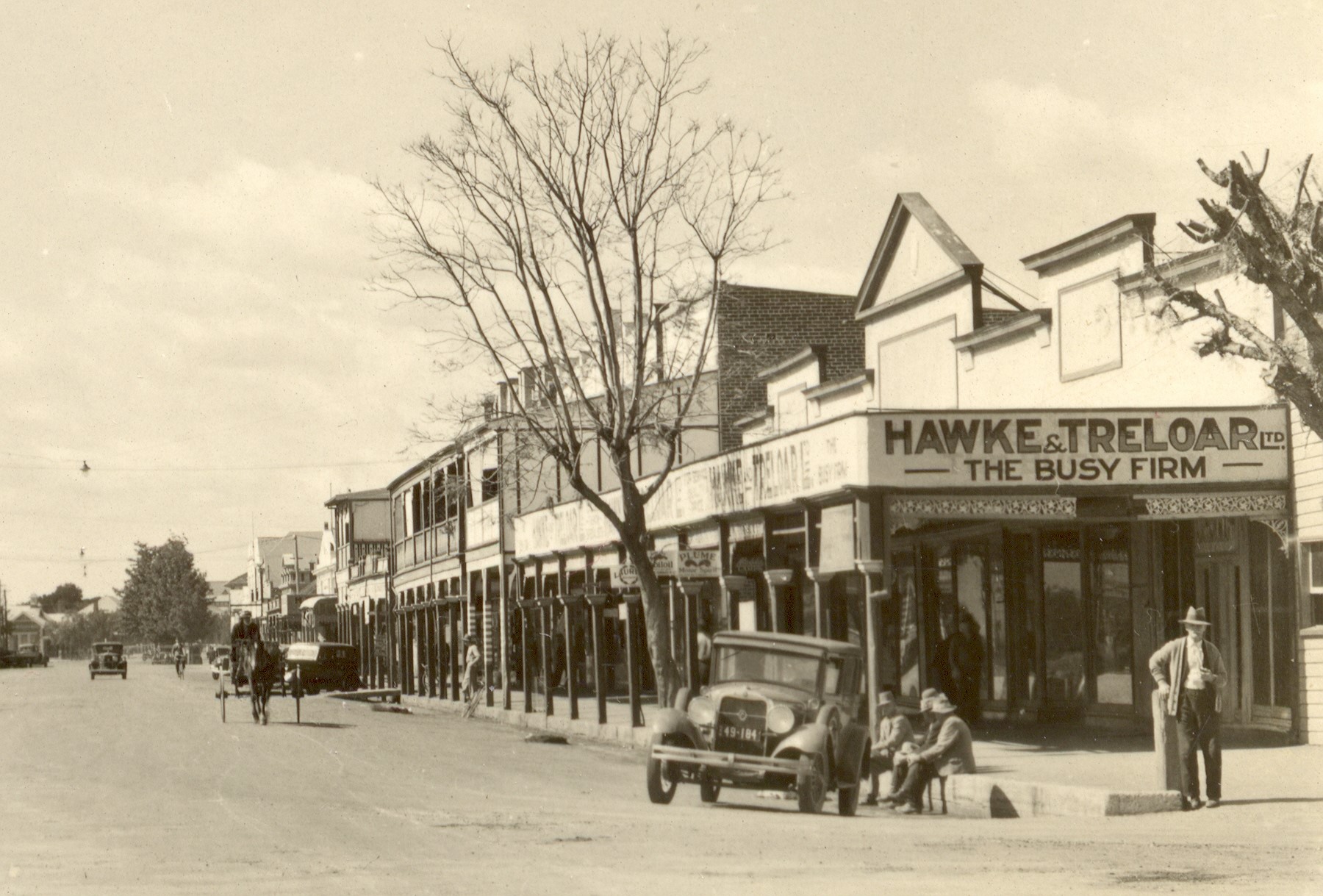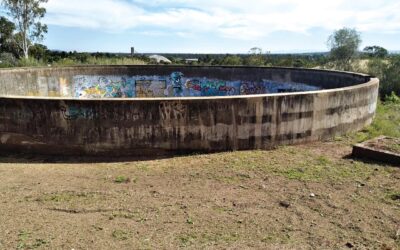“What’s in a name?” William Shakespeare quoted in Romeo and Juliet, referring to the idea that names are a convention to distinguish things or people.
At the Gunnedah Historical Society, we are often asked why a park or street or avenue has been given a name that means nothing to today’s generation.
With most of the earliest settlers of British stock, many of the historic names around town are a reflection of that heritage.
Fifteen years after the explorer Cunningham and his packhorses reached the rich Liverpool Plains in 1823, eastern Australia soon attracted a continuous stream of squatters, shepherds, hutkeepers, bullock drivers and huge flocks of sheep.
The very early history of Gunnedah is cradled in the vicinity of Cohen’s Bridge where the primitive settlement The Woolshed first began. At a reserve close by on the river bank, the first woolshed was erected and John Johnson called the many acres he had acquired under lease for the Hall family, The Gunnedah Run. The early teamsters named the tiny settlement The Woolshed by which it was known until 1856, when it was gazetted in November that year.
The name Gunnedah is a derivation of the Aboriginal word Gunne-darr, meaning Place of White Stones. The River Namoi had been named by explorer Sir Thomas Mitchell when he explored along the water way from Carroll to Narrabri in 1831 – the name came from an Aboriginal word Njamoi (Nammoy), a species of acacia. Mitchell and surveyor White had scaled Nobby Rock to survey the Namoi Valley and learned from the natives that Nobby Rock was called Y’dire, a place where they obtained their special wood for making boomerangs. The Namoi River determined the site of the settlement and Maitland Street became the main thoroughfare. Maitland Street was named after the nearest large township in the Hunter Valley, which had been called after Lord John Maitland, Earl of Lauderdale, who was a patron of Governor Darling.
Maitland Street resident recalls early business operation – Gunnedah Times
The big flood of 1864 followed by another in 1870, brought so much havoc and destruction to businesses and other buildings in Maitland Street that Conadilly Street became the preferred central business district. One of Gunnedah’s early residents Ernest Ewing was confident that the main street of today had derived its name from Conadilly River, now known as the Mooki meaning “flinty stones”.
Marquis and Elgin Streets both received their names from the seventh Marquis of Elgin, who was a great British diplomat of the 1880s, renowned for bringing the famous Elgin Marbles from Athens to England. The Elgin Marbles were the work of Phidias about 500BC, sourced from the Temple of Minerva on the Acropolis.
Chandos Street is believed to have been named by Surveyor Hyde in 1856 and seems likely to have been linked with English nobility as the Duke of Buckingham’s family name was Chandos. Early Gunnedah residents referred to the corner of Chandos and Conadilly Street (town hall site) as Market Square.
The second street created in Gunnedah was Bloomfield Street, but its origin is obscure with the possibility that it was named after Lieutenant Bloomfield, one of the early settlers along the Hunter River, or maybe the British poet Robert Bloomfield, or after the town of Bloomfield in England. Alexander Bloomfield also received a mention in early records, an overseer/stockman in the Quirindi district.
A street that was named after a poet was Poe Street, a unique American genius but it is not known why the British would not have used the name of an English bard. Poe Street was later renamed Abbott Street in honour of Sir Joseph Abbott, who was Member for Gunnedah from 1880 to 1887 in the Legislative Assembly. He was knighted in 1890. His brother Thomas became the first police magistrate. He was a prime mover in building the hospital as well as the School of Arts (now the site of Gunnedah Shire Council) where he laid the foundation stone in 1879. The naming of Railway Avenue was obvious when the railway line to Gunnedah was opened in 1879 and a railway station was built, while Reservoir Street was also an easy fix due to its proximity to the town’s first reservoir built in 1908. The early rail trucking yards were near the reservoir until 1946 and livestock used this street extensively as well as South Street, which was the first street south of the railway line. Interestingly South Street becomes Hunter Street at the intersection and then becomes South Street again where Hunter Street ends at Porcupine Street.
Which brings us to Stock Road, originally a travelling stock route – hard to imagine today with this popular tree-lined avenue boasting a landscaped centre island, walking tracks and a children’s road safety training area, modern homes, a large primary school and childcare centre as well as exercise stations.
Eighth Division Memorial Avenue parallel to the war memorial pool, honours “The Fallen of the Eighth Division and Supporting Forces 1939-1945”. It was originally named Hill Street, possibly because of its position below Anzac Hill.
Wentworth Street was named for Sir William Charles Wentworth, who was one of Australia’s greatest statesmen and the first to take up under lease, the mighty Burburgate Station Run.
Carroll Street led to the Tamworth Road and Carroll and early maps refer to it as Manilla Road. Finch Street was named after Surveyor Finch who came to the area with Sir Thomas Mitchell in his exploration of the Namoi and other rivers in 1831. Nearby Talibah Street is a derivation of an Aboriginal word meaning “no fire” or “deserted”. Both Finch and Talibah streets were the among the first streets named in Gunnedah.
Edward Street acquired its name from the reigning monarch during World War II, while it is believed that George Street also bears the name of a British monarch, with Hunter Street named after John Hunter, the second governor of NSW.
When the first building blocks went up for sale by auction in the Mornington area, on June 8, 1910, only Beulah and Rodney Streets were named. From the 1950s, landowners developing their land usually named the streets – in some cases after the name of the developer or those of relatives.
To order photos from this page click here



